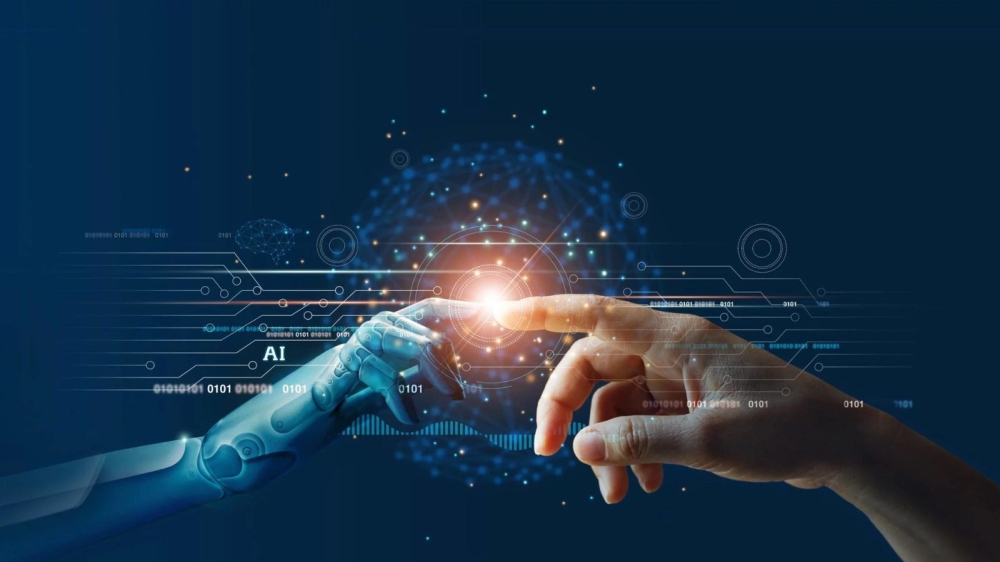A scientific study published on Tuesday under UNESCO supervision concluded that AI energy consumption could be reduced by 90% by using smaller, specialized models and shorter queries.
In June, it was revealed that each query sent to the “ChatGPT” application consumes an average of 0.34 watt-hours of electricity, as the chatbot receives nearly a billion queries daily.
This amounts to 310 gigawatt-hours annually, equivalent to the yearly electricity consumption of three million people in Ethiopia, according to a UN agency report presented at the “AI for Good” forum in Geneva.
Generative AI
To reduce this growing energy consumption with the widespread use of generative AI, UNESCO recommends shrinking model sizes through compression techniques.
Shorter queries and limiting the length of AI model responses can also cut energy consumption by 50%, the study found.
Researchers noted that using smaller models instead of large, multipurpose language models is also advisable for this purpose.
Combining both approaches—smaller language models with brief queries—can reduce energy consumption by 90% while maintaining “high relevance.”
Tech Giants
The study showed that daily queries requesting explanations from large multipurpose language models (averaging 300 words) equate to the electricity consumption of 38,000 UK households.
In contrast, similar queries consisting of only 150 words directed at smaller, specialized models consume less electricity than 4,000 households.
The study noted that while smaller models may be more efficient for specific tasks, they may not be as effective for general-purpose use.
Recognizing this energy challenge, major tech companies now offer scaled-down versions of their large language models with fewer parameters.
For example, Google markets “Gemma,” Microsoft offers “Phi-3,” and OpenAI provides “GPT-4o mini.”






